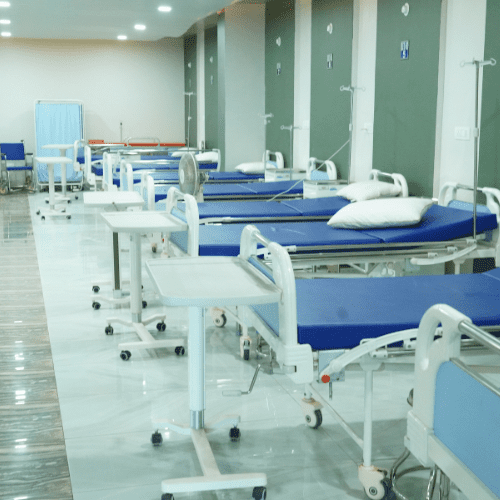Chronic diseases such as diabetes, hypertension, and cardiovascular disorders are on the rise in India, creating a significant burden on the healthcare system. Traditional methods of managing these conditions often require frequent visits to healthcare facilities, which can be challenging for many patients, especially in rural areas. Remote patient monitoring (RPM) has emerged as a transformative solution, leveraging technology to empower patients and streamline healthcare delivery. This article explores the role of RPM in managing chronic diseases in India and the benefits it offers to patients and healthcare providers alike.
Transforming Chronic Care: The Role of Remote Monitoring in India
Remote patient monitoring is revolutionizing the management of chronic diseases in India by bridging the gap between patients and healthcare providers. With the aid of wearable devices, mobile apps, and telemedicine platforms, patients can now track their vital signs and health metrics from the comfort of their homes. This real-time data can be shared with healthcare professionals, enabling them to make informed decisions without the need for in-person consultations. Such innovations not only improve accessibility but also enhance the quality of care.
The Indian government has also recognized the potential of RPM to improve healthcare outcomes. Initiatives promoting digital health and telemedicine have been introduced to encourage the adoption of remote monitoring technologies. These policies aim to reduce the strain on the healthcare system while making it easier for patients to manage their chronic conditions. For example, the National Digital Health Mission seeks to create a unified platform that enhances health data exchange, improving coordination among care providers.
Furthermore, RPM plays a critical role in addressing geographical disparities in healthcare in India. Many patients, particularly in rural regions, face obstacles in accessing specialized medical care. Remote monitoring empowers these individuals by offering them a means to receive ongoing care despite being far from urban centers. This not only improves patient outcomes but also alleviates the burden on healthcare facilities by reducing unnecessary hospital visits.
Empowering Patients: Benefits of Remote Health Solutions
The advantages of remote patient monitoring extend beyond convenience; they also significantly empower patients in managing their health. With RPM, patients take an active role in their healthcare journey. They can easily track their progress, set personal health goals, and receive tailored feedback from their healthcare providers. This increased engagement fosters a sense of ownership over their health, which has been shown to lead to better adherence to treatment plans.
Moreover, RPM can enhance patient education and support. Many remote monitoring tools come equipped with educational resources that help patients understand their conditions and the importance of lifestyle modifications. This knowledge can be vital in effectively managing chronic diseases. Patients can consult with healthcare providers through telehealth services, receiving timely advice and support without the anxiety of traveling to a clinic.
Cost-effectiveness is another significant benefit of RPM that can’t be overlooked. Traditional management of chronic diseases can often involve high costs related to transportation, missed workdays, and hospital stays. By minimizing the need for in-person visits, remote monitoring reduces these financial burdens. Additionally, patients can receive timely interventions, potentially avoiding costly complications down the road, which ultimately leads to a healthier population and a more sustainable healthcare system.
In conclusion, remote patient monitoring is poised to transform the landscape of chronic disease management in India. By harnessing technology, RPM not only improves patient engagement and education but also addresses the critical issue of accessibility in healthcare delivery. As India continues to embrace digital health solutions, the potential for improved health outcomes and reduced healthcare costs shines brightly on the horizon. By empowering patients and streamlining care, remote monitoring is not just an innovation; it is a necessary evolution in the quest for better health for millions.




